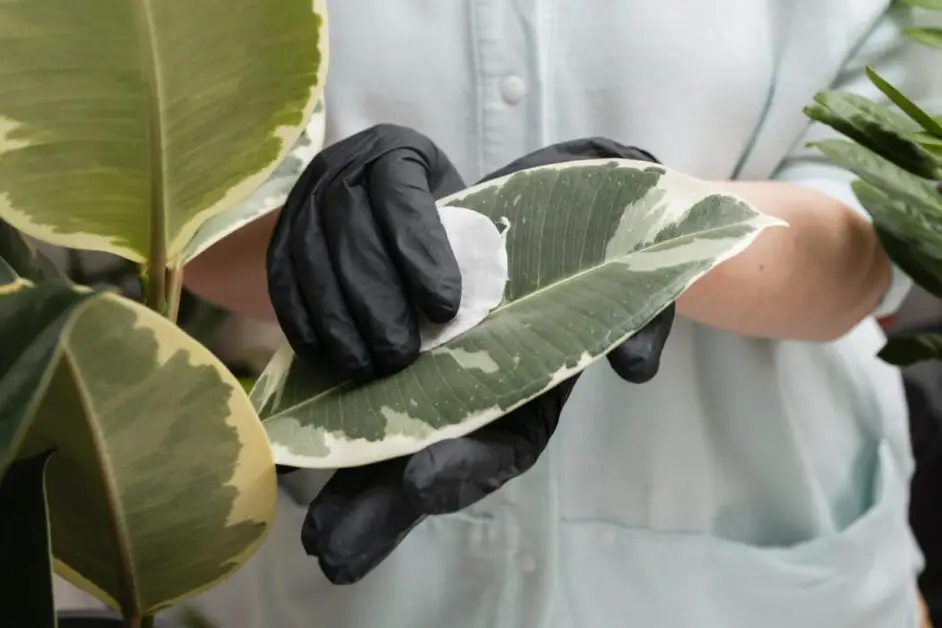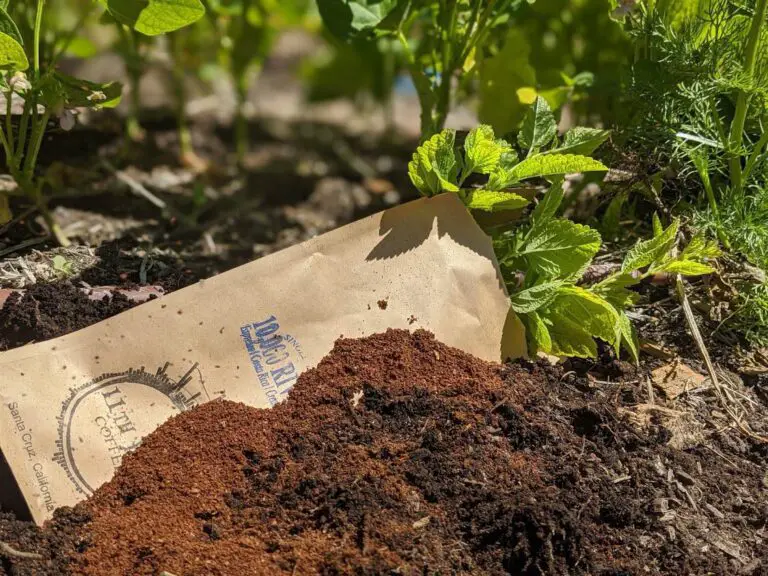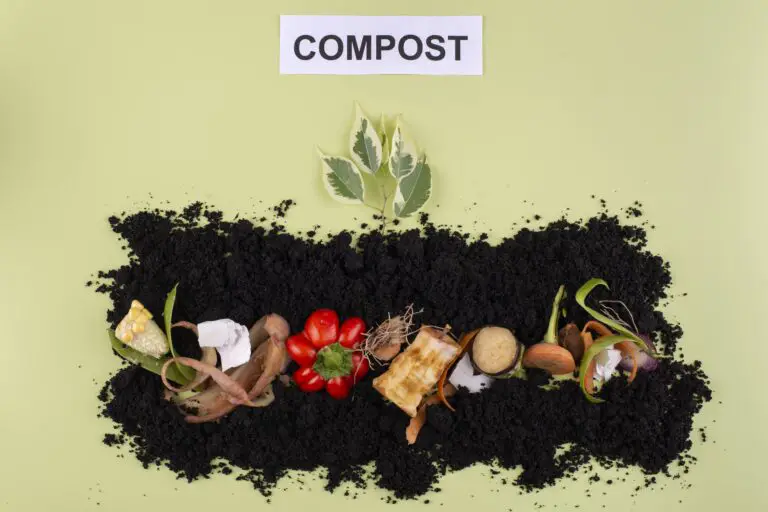Powdery Mildew: The Ultimate Guide to Prevention and Treatment
Table of Contents
Understanding Powdery Mildew: An Overview of the Fungal Infection
Powdery mildew is a common fungal infection that affects a wide range of plants, from ornamental flowers to fruit-bearing trees. It is caused by various species of fungi from the Erysiphales order, with the most prevalent being the powdery mildew fungus (Podosphaera xanthii). This fungal infection is identifiable by the powdery white or gray patches that appear on plant leaves, stems, and fruits.
Unlike other types of fungal infections, powdery mildew thrives in dry and warm conditions. It can spread rapidly, particularly in environments with little to no air circulation. The infection typically starts on the top surface of leaves before spreading to the undersides and other parts of the plant. Over time, the powdery patches can lead to leaf discoloration and distortion, as well as stunted growth and reduced fruit production.
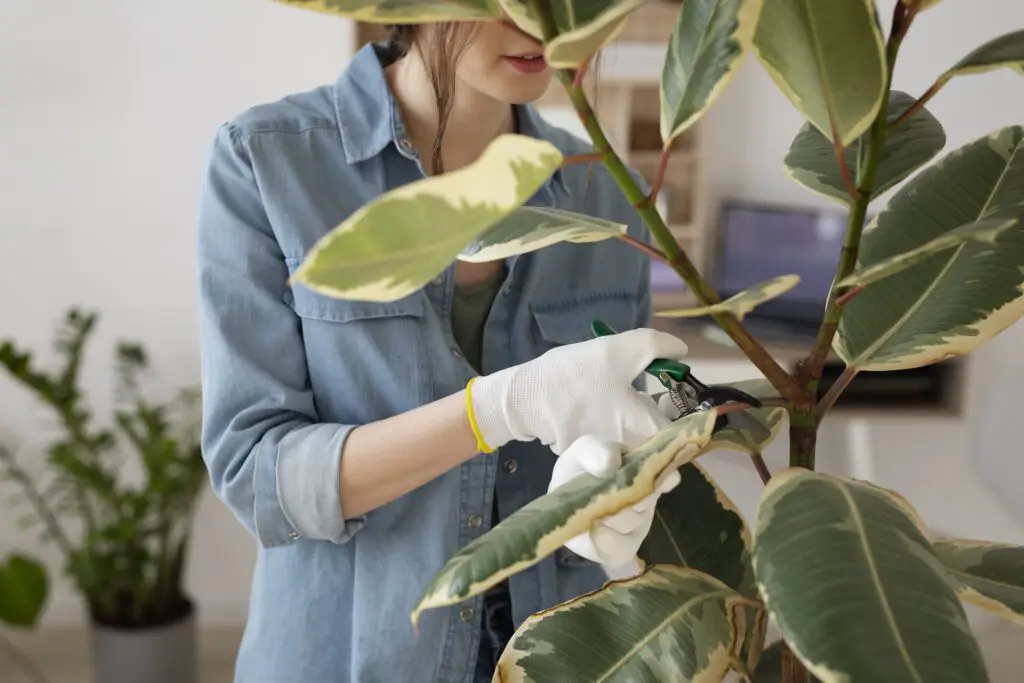
Powdery mildew can be highly detrimental to plants, causing significant damage if left untreated. Therefore, gardeners and plant enthusiasts must understand the basics of this fungal infection and take necessary measures to prevent and manage its spread. In the following sections, we will delve deeper into the various aspects of powdery mildew, including its identification, environmental factors that favor its growth, and effective management strategies. By gaining a comprehensive understanding of this fungal infection, we can better equip ourselves to protect our plants and ensure a thriving garden.
Identifying Powdery Mildew: Recognizing Symptoms and Signs
Powdery mildew is a common fungal infection that affects a wide range of plants, both indoors and outdoors. Recognizing the symptoms and signs of powdery mildew is essential for effective management and prevention. One of the most identifiable signs of powdery mildew is the powdery white or grayish coating that appears on the surfaces of leaves, stems, and sometimes even flowers and fruits. This fuzzy growth can spread rapidly and cover large areas if not addressed promptly. Another characteristic symptom is the distortion or stunted growth of infected plant parts, such as curled leaves or deformed fruits.

In addition to the visual cues, powdery mildew often produces a distinct odor, often described as musty or earthy. This odor can be particularly noticeable when clusters of infected plants are present. Furthermore, affected leaves may eventually turn yellow or brown, wither, and eventually drop prematurely. It is important to note that these symptoms may vary depending on the plant species and the severity of the infection, so it is crucial to familiarize yourself with the specific symptoms associated with the plants you are cultivating. By promptly identifying and understanding these symptoms, you can take appropriate measures to manage and prevent the spread of powdery mildew in your garden or hydroponic system.
Environmental Factors: Unveiling the Conditions Favorable for Powdery Mildew
Powdery mildew is a common fungal infection that affects a wide range of plants, causing significant damage and reducing crop yields. Understanding the environmental factors that contribute to the development and spread of powdery mildew is crucial for implementing effective prevention and control strategies.
One of the primary conditions favorable for powdery mildew is high humidity. Excess moisture in the air creates an ideal environment for the spores of the fungi to germinate and spread. Additionally, stagnant air and poor air circulation can exacerbate the problem by allowing the spores to remain near susceptible plants for extended periods. Therefore, it is important to ensure good ventilation and airflow in your garden or growing area. Regularly pruning plants to remove dense foliage can help improve air circulation and decrease humidity levels, reducing the likelihood of powdery mildew infection.
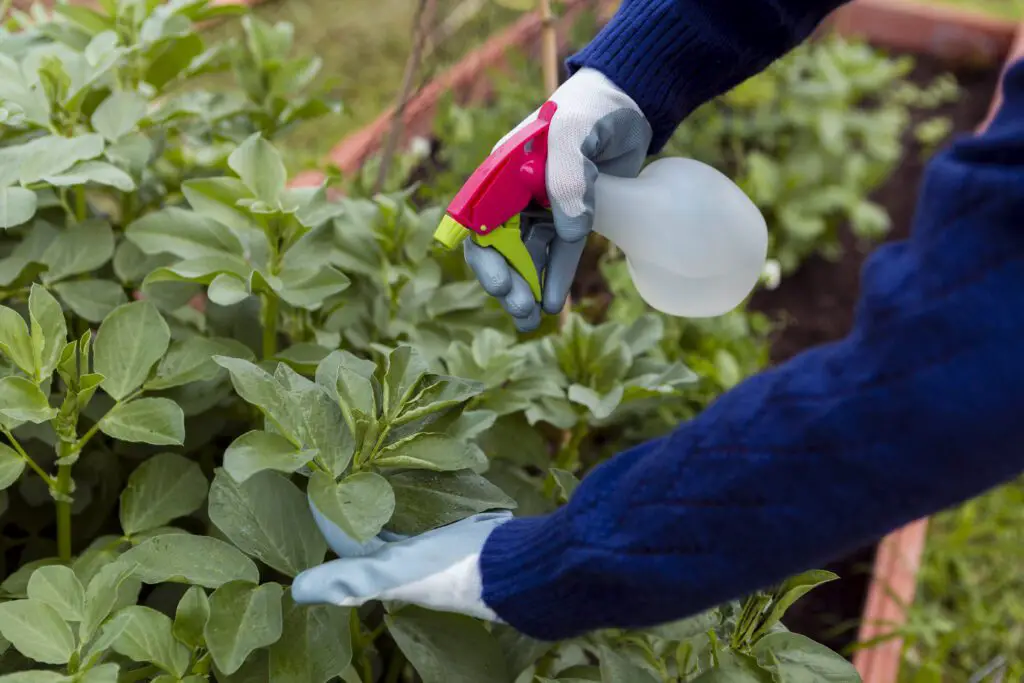
Another environmental factor that promotes powdery mildew is moderate temperatures. The fungi thrive in temperatures between 60-80°F (15-27°C), with the optimal range being approximately 68-77°F (20-25°C). These moderate temperatures often coincide with the growing season, making it a critical time to monitor and manage powdery mildew. By employing techniques to control temperature, such as shading or providing adequate insulation, you can create an environment less conducive to fungal development. Additionally, regularly monitoring temperature fluctuations and adjusting growing practices accordingly can help prevent the spread of powdery mildew in your plants.
Plant Selection and Powdery Mildew: Choosing Resistant Varieties
Plant selection plays a crucial role in managing powdery mildew in your garden. By choosing varieties that are resistant to this fungal infection, you can greatly reduce the risk of your plants falling victim to its destructive effects. Resistant varieties have genetic traits that allow them to fight off powdery mildew, making them an excellent choice for maintaining healthy plants.
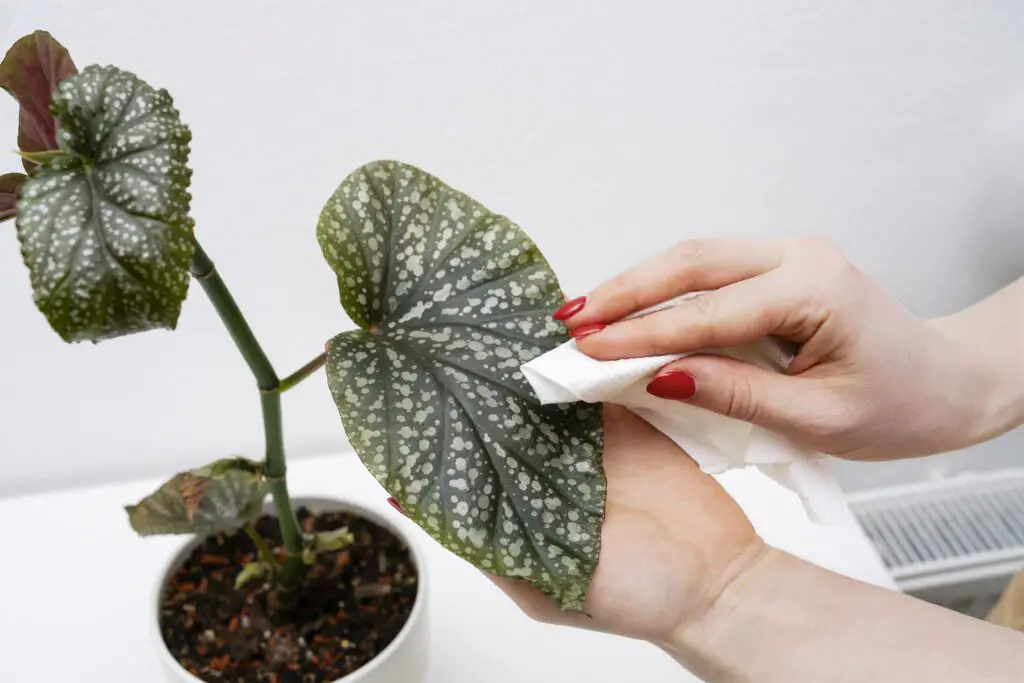
When selecting resistant varieties, it’s important to consider the specific needs and preferences of your garden. Some plants have been bred for resistance to powdery mildew and may already be labeled as such. These varieties are often available for popular garden favorites like roses, cucumbers, and squash. Additionally, many seed catalogs and nurseries provide detailed information about the disease resistance of various plant varieties, allowing you to make informed choices.
By incorporating resistant varieties into your garden, you not only reduce the risk of powdery mildew but also minimize the need for chemical treatments or other interventions. Keep in mind that while resistant plants have a higher chance of withstanding powdery mildew, they are not completely immune. Regular monitoring and proper cultural practices are still essential to maintain optimal plant health and prevent any potential outbreaks. Consider including a mix of resistant varieties and non-resistant varieties in your garden to diversify your plant selection and ensure a successful growing season.
Proper Planting Techniques: Creating an Unfavorable Environment for Powdery Mildew
Creating an unfavorable environment for powdery mildew starts with proper planting techniques. The way you plant your garden can greatly impact the growth and spread of this fungal infection. One important aspect to consider is the spacing between plants. By providing adequate spacing, you can ensure proper air circulation, which reduces humidity and prevents the development of powdery mildew. Additionally, planting in areas with good sunlight exposure can help create an environment that is less favorable for the fungus to thrive. Powdery mildew tends to prefer shaded and damp areas, so choosing a sunny location for your plants can go a long way in preventing this infection.
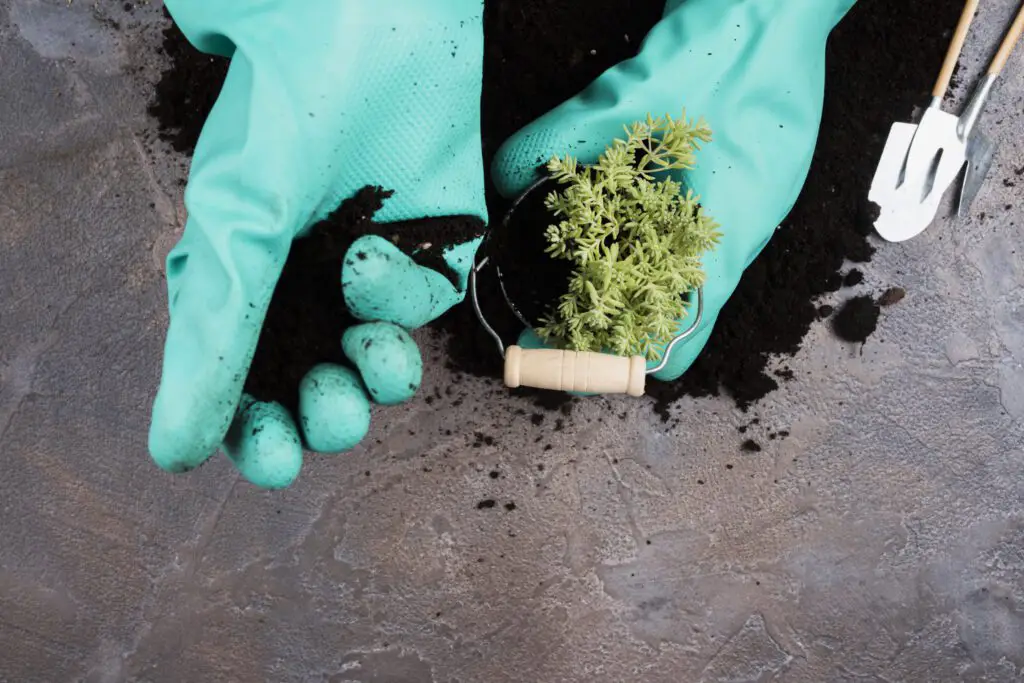
Another important aspect of proper planting techniques is soil preparation. Powdery mildew prefers certain soil conditions, so taking steps to optimize your soil can help create an environment that is less favorable for the fungus. It is recommended to use well-draining soil and amend it with organic matter to improve its structure and nutrient content. This will promote healthy plant growth and discourage the development of powdery mildew. Additionally, keeping the soil pH within the optimal range for your specific plants can also help prevent powdery mildew, as the fungus tends to thrive in acidic conditions. So, by testing your soil’s pH and making necessary adjustments, you can create an environment that is less suitable for the growth and spread of powdery mildew.
Cultural Practices: Maintaining Optimal Plant Health to Prevent Powdery Mildew
Maintaining optimal plant health is crucial in preventing the spread of powdery mildew. Cultural practices play a significant role in creating an environment that is unfavorable for the development and proliferation of this fungal infection. By implementing the right techniques, gardeners can proactively safeguard their plants and ensure their long-term health.

One of the fundamental cultural practices to prevent powdery mildew is promoting good air circulation around plants. Adequate spacing between individual plants allows for better airflow, reducing the likelihood of moisture buildup and subsequent infection. Trim and thin dense foliage periodically, removing any overcrowded or dead branches, to ensure sufficient air movement throughout the garden. Moreover, practicing proper pruning techniques can encourage healthier plant growth and minimize the risk of powdery mildew. Remember to disinfect your pruning tools after each use to prevent the potential spread of pathogens.
In addition to enhancing air circulation, another key cultural practice is maintaining proper watering practices. Powdery mildew thrives in humid conditions, making it essential to prevent excessive moisture on leaves. Water plants at the base, avoiding overhead irrigation that can saturate foliage and create an ideal environment for powdery mildew to develop. Additionally, watering in the morning allows leaves to dry throughout the day, reducing the chances of moisture accumulation that can lead to infection. Evaluating soil moisture levels and adjusting watering frequency accordingly is essential for preventing both underwatering and overwatering, which can weaken plants and make them more susceptible to diseases like powdery mildew.
Effective Watering Strategies: Keeping Moisture Levels in Check
Maintaining proper moisture levels is crucial in preventing powdery mildew in your garden. Overly wet conditions create an ideal environment for the fungus to thrive, while dry conditions can stress the plants, making them more susceptible to infection. Finding the perfect balance is key.
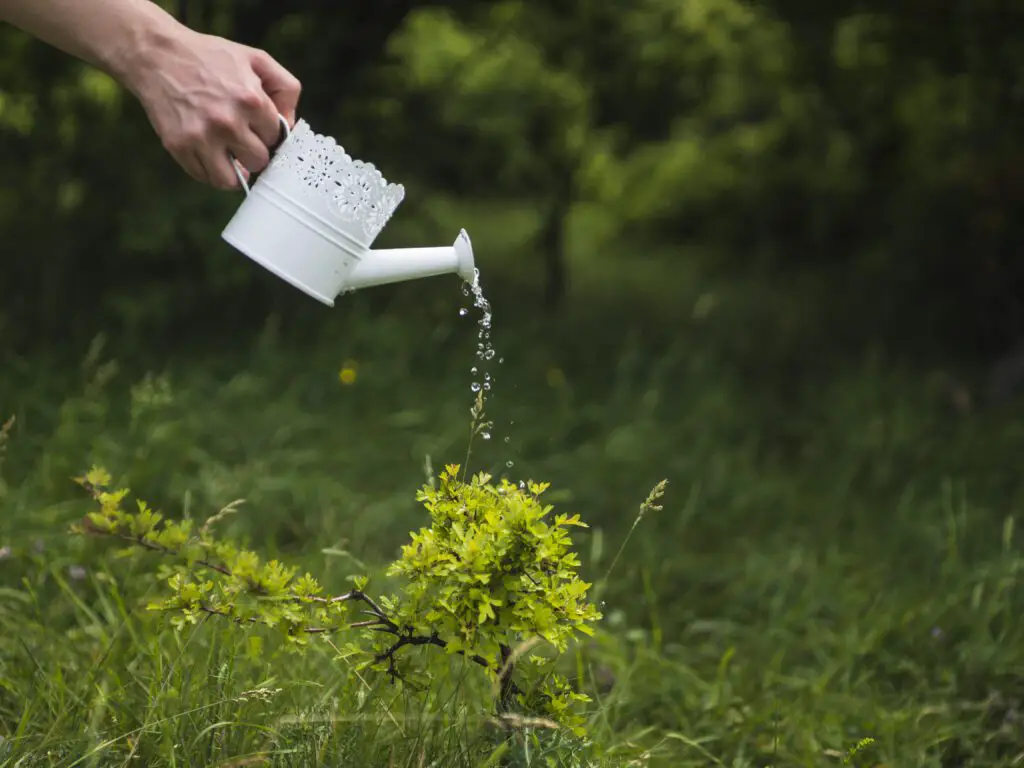
One effective watering strategy is to water the plants deeply and infrequently. This encourages the roots to grow deeper into the soil, seeking out water and nutrients and making the plants more resilient to powdery mildew. Additionally, watering deeply helps to ensure that the entire root system is adequately hydrated, reducing the risk of water stress in the plants.
Sunlight and Powdery Mildew: Managing Light Exposure for Disease Prevention
Proper management of sunlight exposure is crucial in preventing and managing powdery mildew in your garden. This common fungal infection thrives in conditions where humidity and moisture are high, and sunlight is limited. By understanding how light affects powdery mildew growth, you can take proactive measures to ensure a healthy and disease-free garden.

Powdery mildew spores require moisture for germination and growth, making shady or poorly ventilated areas ideal breeding grounds. Maximizing sunlight exposure helps create an environment that is less conducive to powdery mildew development. Direct sunlight helps dry out foliage, reducing the moisture that powdery mildew needs to thrive. Additionally, sunlight has been shown to have a direct inhibitory effect on the growth and reproduction of the fungus. The UV radiation present in sunlight damages powdery mildew spores and interferes with their ability to spread and colonize plants. By strategically positioning plants to receive ample sunlight, especially during the morning and early afternoon, you can effectively minimize the risk of powdery mildew infestations.
However, it is also important to strike a balance when managing sunlight exposure. While sunlight is beneficial in preventing powdery mildew, excessive heat and intense radiation can stress plants and increase their susceptibility to other diseases or pests. Some plant species are more sensitive to intense sunlight than others, so it is essential to research and choose varieties that can withstand sunlight without suffering damage or stress. Providing some shade during peak heat periods or using shade cloth when necessary can protect plants from excessive sunlight while still allowing for sufficient light exposure.
Fertilization and Powdery Mildew: Finding the Right Balance for Plant Nutrition
Maintaining a proper balance of plant nutrition is essential for preventing and managing powdery mildew in your garden. The right fertilization program can help strengthen plants and improve their natural resistance to this fungal infection. However, it’s crucial to find the right balance when it comes to providing nutrients to your plants.
Excessive fertilization, particularly with high levels of nitrogen, can increase the susceptibility of plants to powdery mildew. This is because excess nitrogen promotes lush, succulent growth, which is more attractive to the fungi responsible for powdery mildew. Therefore, it’s important to avoid over-fertilizing your plants and to follow recommended application rates according to the specific needs of each plant variety.
On the other hand, under-fertilization can lead to weakened plant health and reduced vigor, making them more susceptible to diseases like powdery mildew. A deficiency in essential nutrients can compromise the overall strength of the plant and hinder its ability to defend against fungal attacks. Therefore, it’s crucial to provide adequate and balanced nutrition to your plants, ensuring they have the necessary elements to develop robust immune systems and fortify their resistance against powdery mildew.
Finding the right balance for plant nutrition involves assessing the nutritional needs of different plant species, considering factors such as soil composition, growing conditions, and the growth stage of the plants. Conducting regular soil tests can provide valuable insights into nutrient levels and help you tailor your fertilization program accordingly. Additionally, incorporating organic matter into the soil can improve nutrient availability and enhance the overall health and disease resistance of your plants. Remember, a well-nourished plant is better equipped to withstand the challenges posed by powdery mildew and other diseases. So, strike a balance in your fertilization practices to support your plants’ health and strengthen their defense against powdery mildew.
Integrated Pest Management: Utilizing Natural Predators and Beneficial Organisms
Utilizing natural predators and beneficial organisms in integrated pest management (IPM) strategies is a sustainable and environmentally-friendly approach to controlling powdery mildew. By harnessing the power of nature’s defense mechanisms, gardeners can effectively reduce the impact of this fungal infection on their plants.
One beneficial organism commonly used in IPM for powdery mildew control is the ladybug, or more specifically, the ladybird beetle. These tiny insects are voracious predators of aphids and other soft-bodied pests, which are often responsible for spreading powdery mildew. By introducing ladybugs into the garden, gardeners can establish a natural balance and keep detrimental pest populations in check.
Another valuable ally in destroying powdery mildew is the fungus Trichoderma. This naturally-occurring soil fungus has been found to inhibit the growth of powdery mildew spores and help plants resist infection. By using Trichoderma-based products, gardeners can encourage the growth of beneficial fungi in the soil and create an environment that is inhospitable to powdery mildew development.
By incorporating these natural predators and beneficial organisms into their pest management strategies, gardeners can reduce their reliance on chemical controls and promote a more sustainable and ecologically balanced gardening environment. However, it is important to remember that IPM is a holistic approach that requires careful monitoring, timely intervention, and a combination of various control methods to achieve optimal results.
Organic Treatments: Safely Controlling Powdery Mildew Without Harsh Chemicals
Organic treatments provide a safe and effective way to control powdery mildew without the use of harsh chemicals. These natural remedies not only protect your plants but also safeguard the environment and your health. By harnessing the power of nature, you can effectively combat this fungal infection and ensure the long-term health and vitality of your garden.
One organic treatment option is the use of neem oil, derived from the seeds of the neem tree. Neem oil contains several compounds that disrupt the life cycle of powdery mildew, inhibiting its growth and spread. To apply neem oil, dilute it with water according to the manufacturer’s instructions and spray it directly onto the affected plants. Remember to cover both sides of the leaves and continue treatment every 7-14 days for best results. Neem oil is not only an effective fungicide but also acts as an insect repellent, providing multiple benefits for your garden.
• Neem oil derived from the seeds of the neem tree is an effective organic treatment for powdery mildew.
• It disrupts the life cycle of powdery mildew, inhibiting its growth and spread.
• Dilute neem oil with water according to the manufacturer’s instructions and spray it directly onto affected plants.
• Ensure both sides of leaves are covered and continue treatment every 7-14 days for optimal results.
• Neem oil also acts as an insect repellent, providing additional benefits for your garden.
Chemical Control Options: Understanding the Role of Fungicides
Chemical Control Options: Understanding the Role of Fungicides
Fungicides play a crucial role in the battle against powdery mildew. It is important to understand how these chemical control options work and how to use them effectively. Fungicides work by inhibiting the growth and reproduction of the fungi responsible for powdery mildew. They can be applied preventively to protect healthy plants or curatively to control existing infections.
When selecting a fungicide, it is essential to choose one that is specifically labeled for powdery mildew control. There are various types of fungicides available, including contact fungicides and systemic fungicides. Contact fungicides remain on the surface of the plant and provide a protective barrier, while systemic fungicides are absorbed by the plant and offer long-lasting control. It is important to follow the instructions on the fungicide label carefully to ensure safe and effective use.
While fungicides can be effective in managing powdery mildew, it is important to note that they should be used as part of an integrated approach to disease prevention and management. This includes cultural practices, such as proper plant spacing and pruning, as well as regular monitoring and early detection of symptoms. By combining chemical control options with other strategies, gardeners can create a comprehensive plan to effectively combat powdery mildew and maintain healthy plants.
Prevention and Long-Term Management: Developing a Comprehensive Strategy Against Powdery Mildew.
Prevention and long-term management of powdery mildew require a comprehensive and strategic approach. By implementing a combination of cultural practices, environmental control, and integrated pest management, gardeners can effectively reduce the risk and impact of this fungal infection.
Cultural practices play a crucial role in preventing and managing powdery mildew. Proper sanitation and pruning techniques are essential for reducing the spread of spores and creating an unfavorable environment for the fungus. Removing infected plant debris and improving air circulation around plants can help minimize the conditions favorable for powdery mildew development.
Additionally, regular monitoring and early detection are key for effective management. Inspecting leaves stems, and fruits for the characteristic white powdery growth can help identify infestations in their initial stages. Prompt action, such as removing heavily infected plant parts or whole plants, can prevent the disease from spreading to healthy individuals. By employing cultural practices and vigilantly monitoring for signs of powdery mildew, gardeners can develop a comprehensive strategy to combat this disease and maintain the health and productivity of their plants.
What are some common plants that are susceptible to powdery mildew?
Some common plants that are susceptible to powdery mildew include roses, cucumbers, zucchini, grapes, and lilacs.
Can powdery mildew spread from plant to plant?
Yes, powdery mildew can spread from plant to plant through airborne spores, contact between infected and healthy plants, or through gardening tools.
Are there any environmental factors that can contribute to the development of powdery mildew?
Yes, environmental factors such as high humidity, low air circulation, and moderate temperatures (around 60-80°F) can create favorable conditions for powdery mildew growth.
How can I identify powdery mildew on my plants?
Powdery mildew is usually identified by the presence of white or gray powdery patches on the leaves, stems, or fruits of infected plants.
Are there any natural predators or beneficial organisms that can help control powdery mildew?
Yes, natural predators such as ladybugs and lacewings, as well as beneficial organisms like Bacillus subtilis and Trichoderma, can help control powdery mildew by feeding on the fungus or competing with it for resources.
What are some organic treatments that can be used to control powdery mildew?
Organic treatments for powdery mildew include using neem oil, baking soda solutions, or sulfur-based fungicides, which can help control the disease without the use of harsh chemicals.
Is there a specific balance of nutrients that plants need to prevent powdery mildew?
Yes, maintaining proper plant nutrition with balanced fertilization is important for preventing powdery mildew. Avoiding excessive nitrogen and ensuring adequate levels of potassium and phosphorus can help strengthen plant defenses against the disease.
Can sunlight exposure affect the development of powdery mildew?
Yes, powdery mildew thrives in shady and humid environments. By managing light exposure and ensuring proper air circulation, you can create less favorable conditions for the disease.
Can powdery mildew be completely eradicated once it infects a plant?
While it may be difficult to completely eradicate powdery mildew from an infected plant, with proper management strategies and treatments, you can control the disease and prevent it from spreading further.

Kanike Sreekanth, a prolific writer at SouthElMonteHydroponics, brings a unique blend of creativity and scientific rigor to the table. With a degree in Horticulture from a prestigious institution, Kanike’s expertise spans hydroponic farming, plant biology, and agricultural sustainability. Their passion for exploring innovative cultivation methods and promoting environmental stewardship drives them to uncover new insights in the realm of hydroponics. Kanike’s writing serves as a conduit for sharing their knowledge and inspiring others to embrace alternative farming practices for a more sustainable future.

